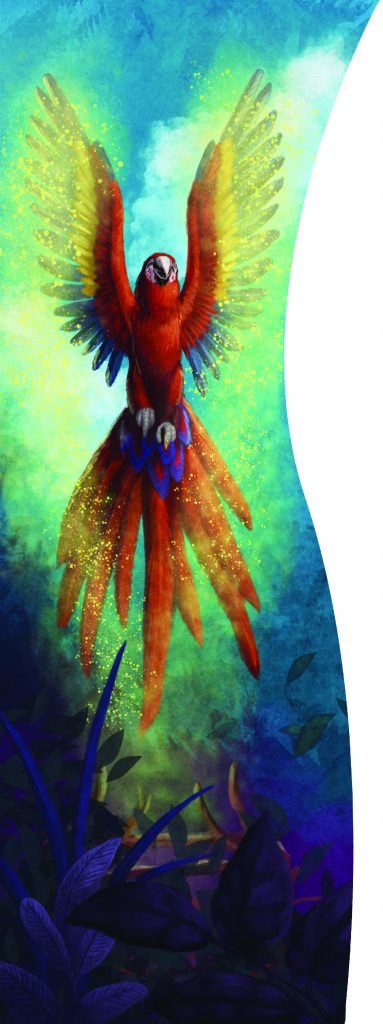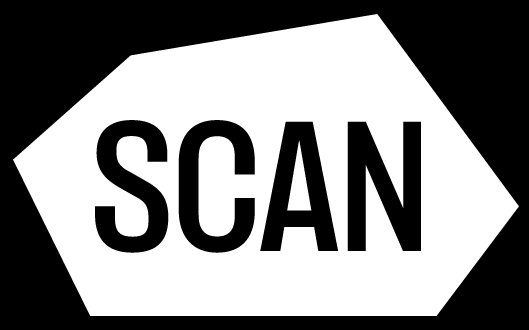Protect your art from imitation and know where to draw the line when finding inspiration.
WRITTEN BY KATHERINE DIAZ VILLEGAS
ILLUSTRATED BY JENNIFER OBER
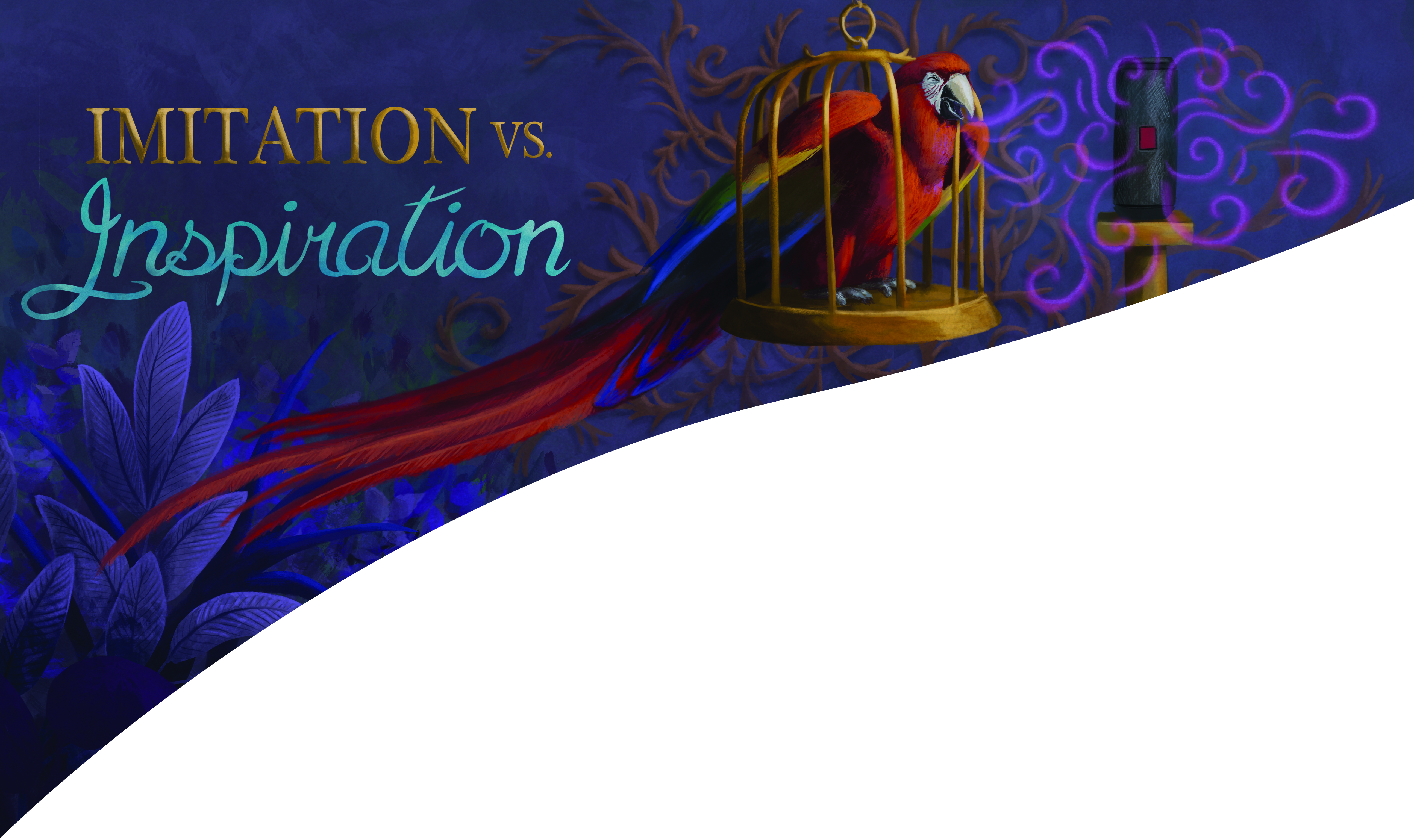
In the art of creation, we tend to look toward anything and everything for inspiration. Whether it be personal, art, literature, film or history — sources are never-ending. When it comes to inspiration, there are boundaries of using and creating from it. How much can be directly influenced until it crosses the line? When does inspiration go so far that it becomes imitation?
Philosophers have argued that there is no true invention — that all art is governed by the principle of mimesis. The theory, espoused by Plato and then Aristotle, proposed that all creativity derives from nature and that art imitates life. In the article “Aristotle” for Grove Art Online, Martha C. Nussbaum wrote, “The ubiquitous human interest in mimesis is held to stem from an interest in learning and recognizing.”
People use mimesis to learn and expand their creative abilities. Yet, this belief argues that there is no originality in creativity, as everyone creates from inspiration. “I don’t think there’s anything we can call original. Originality is a term that’s not applied to the human mind or our actions,” said Rocío Choi, a second-year fashion student. “Everything we do comes from something we learned or were influenced by — consciously or unconsciously.” Kula Pang, a fourth-year fashion student said, “The very nature of getting inspiration is unoriginal because being inspired by something means referencing something else. Being original is about knowing how to apply a new point of view or idea that the designer selects.”
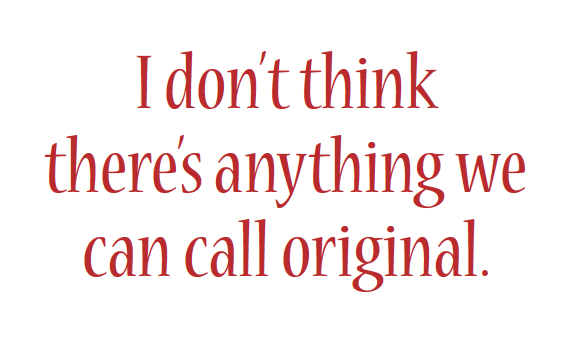
To better learn how to illustrate, my professor assigned us the task to copy a significant work of art — stroke by stroke. Initially, I felt the technique was like cheating. I was intruding on an artist’s delicate and personal process that took them decades to develop. However, through doing so I understood the techniques better than when I sat drawing figures for hours on end. The process of learning art begins from imitation.
Contemporary artists Andy Warhol, Damien Hirst, Jeff Koons and Roy Lichtenstein commercialized the concept of pushing boundaries of transformative use in art. They all took preexisting subjects and placed them in exhibitions or altered them in a manner which created mixed but strong reactions in audiences and critics alike.
Warhol was one of the first who initiated the use of appropriation in pop art. The Museum of Modern Art states, “Andy Warhol famously appropriated familiar images from consumer culture and mass media, among them celebrity and tabloid news photographs, comic strips and … the widely consumed canned soup made by the Campbell’s Soup Company.” Lichtenstein was also an expert on transformative use in pop art, most famously known for “Drowning Girl” (1963), where Lichtenstein appropriated a DC comic book cover.
Koons particularly has walked the fine line of copying others’ work a bit too closely. His sculpture, “Fait d’hiver” (1988), was found guilty of copyright infringement by France’s legal system. Koons was sued by Franck Davidovici who created “Fait d’hiver” (1985), a black-and-white photograph advertisement for the French clothing brand Naf Naf. In an article for The New York Times, Alex Marshall wrote, “The court dismissed the defendants’ arguments against the claim, which, according to the judgment, included that Mr. Koons should have freedom of artistic expression, that the work should count as a parody and that Mr. Davidovici did not make a complaint for almost 30 years while the artwork was shown worldwide.” Nonetheless, the demise of Koon’s “Fait d’hiver” — and for many artists who use appropriation — was the sculpture’s commercial and for-profit use.
According to the U. S. Copyright Office and Library of Congress, “Copyright, a form of intellectual property law, protects original works of authorship including literary, dramatic, musical and artistic works, such as poetry, novels, movies, songs, computer software and architecture. Copyright does not protect facts, ideas, systems or methods of operation, although it may protect the way these things are expressed.” Original works are protected without registration with the U.S. Copyright Office from the moment they are created, as long as there’s valid evidence of its’ originality. If you do register original works, they are protected through the duration of your lifespan and between 50 and 150 years after, depending on the medium and if an individual or corporation created the work. After that, it’s part of the public domain and free for anyone to use.
In terms of literary works, copyright is stricter when compared to art and protects all work expressed in writing — even computer software. U. S. Copyright Office states, “Under U.S. law, the author of a literary work is automatically the owner of the copyright in the work.” More commonly, you’ll hear plagiarism when referring to literary works. Journalism is weary of this as repercussions include loss of credibility and job termination.
Many contemporary artists have successfully evaded legal action from the creators of their inspirations due to their fame and financial resources. Lesser known artists don’t have the funds to create a proper defense. Nicholas Kulish explored an unusual case of plagiarism for The New York Times. Seventeen-year-old Helene Hegeman published a book which garnered much praise until it was discovered that Hegemann copied text from a lesser-known writer. Kulish wrote, “Although Ms. Hegemann has apologized for not being more open about her sources, she has also defended herself as the representative of a different generation, one that freely mixes and matches from the whirring flood of information across new and old media, to create something new.” Little to no repercussion occurred, due to her immense talent as a writer and how she reasoned her deliberate choices.
A common misconception surrounds a certain percentage that laws abide by when ruling cases on copyright infringement or fair use. There is no percentage of alter-ation the creator must meet to satisfy using others’ works as their own. Laws differ state-by-state and case outcomes vary — outside of the U.S., copyright laws differ significantly as well.
In an article for Stanford University Libraries Copyright and Fair Use, Mary Minow explored Kienitz v. Sconnie Nation, which questioned how much could be altered to pass as fair use — even when commercial profit is involved. Sconnie Nation, a Wisconsin-based apparel company, manufactured and sold T-shirts with the face of Paul R. Soglin, the mayor of Madison, Wis. The original photographer, Michael Kienitz, accused Sconnie Nation of copyright infringement, yet the court decided in favor of Sconnie Nation. The court states, “Defendants removed so much of the original that, as with the Cheshire Cat, only the smile remains.”

The fashion world differs when it comes to inspiration and imitation. Designers and creative directors rely on inspiration to create high demand for new collections, but that same inspiration could mean reforming a technique or silhouette, regardless of who originally made it famous. Fashion design is rarely protected by copyright because it’s viewed as functional designs that serve a physical purpose according to Susan Scafidi, founder of the Fashion Law Institute. Prints and patterns are protected by copyright because they are regarded as two-dimensional art forms, so brands end up relying heavily on trademarks and trade dress protections.
Social media has become the biggest hunting ground for designers and artists to have their work stolen from or appropriated. Fast-fashion giants Forever 21, Old Navy, H&M and Zara have caused controversies by copying smaller designers and creating knock-offs of high-end brands. In an article for Vox, Chavie Lieber explained, “Forever 21 has imitated everything from a phone case made by an LA indie brand to a popular feminist tee to Instagram-famous swimwear to a coat from a CFDA/Vogue Fashion Fund finalist — and these are just examples from 2017.”
I personally had the dilemma about whether I should publish my work on my website or on social media. I feared my designs would be stolen. As students, everything we make is a result of days of creating and years of learning. We should feel proud of our work and happily share it with friends, family and the marvelous world of social media. Watermarks and signatures are great ways of ensuring your work is original and difficult to steal. Social media has the power of providing you with a platform to showcase your talent — use it. Instead of fearing imitation or appropriation, think of the thousands of recruiters from major companies that are scouring social media to find their next hire — your next post could land you your dream job.
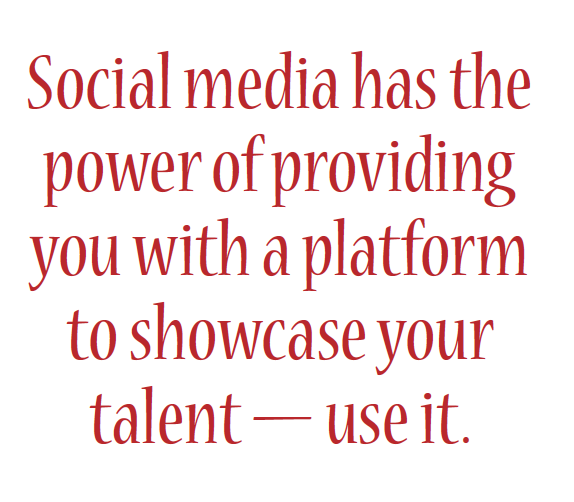
Imitation today is so common that it is hard to differentiate and track down originality, whereas inspiration is used freely with little to no reprimand or recognition. When you use someone else’s content on social media without permission, even if you tag them, you are infringing on their copyright. The best advice is to always gain permission from the original creator, to alter the work so much that it’s barely recognizable or the ironically less obvious route: don’t copy.
Intention and purpose do serve a certain right but there are many factors to consider when approaching the topic of originality and creativity. Inspiration, whether used consciously or not, helps move creativity forward. However, always being respectful toward those who have created something that inspires you is key. Imitation is not always the greatest form of flattery.

